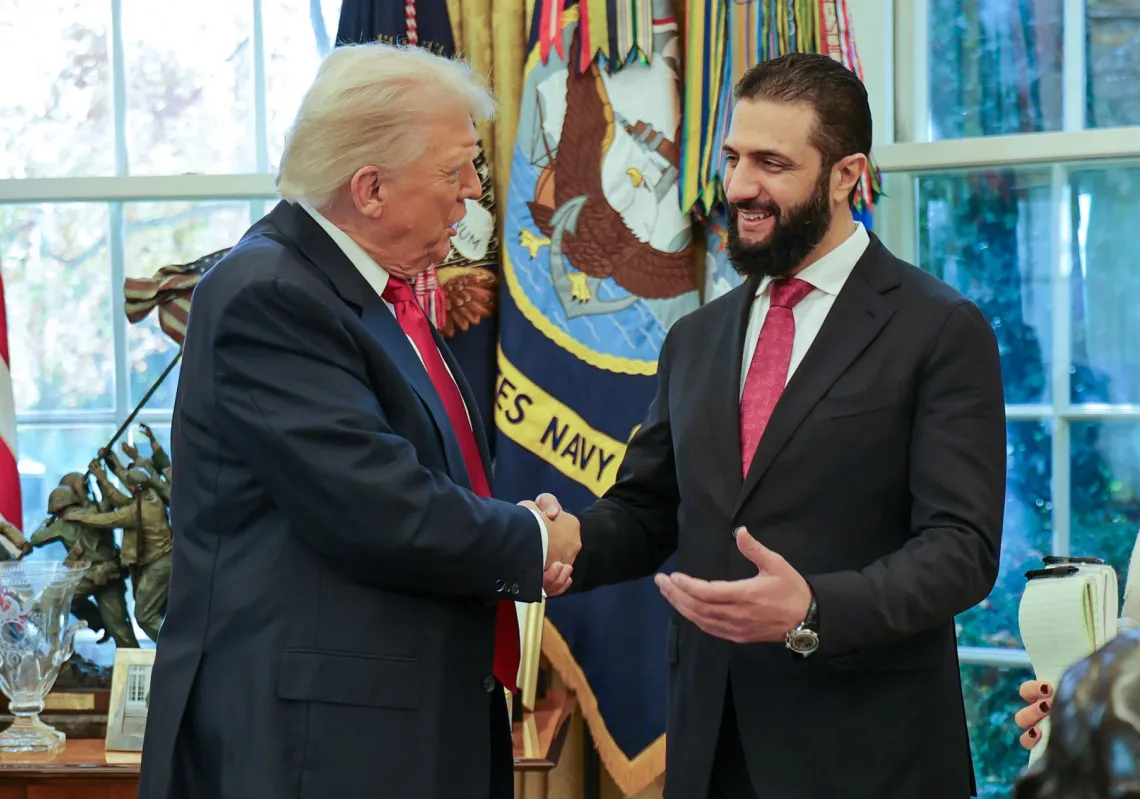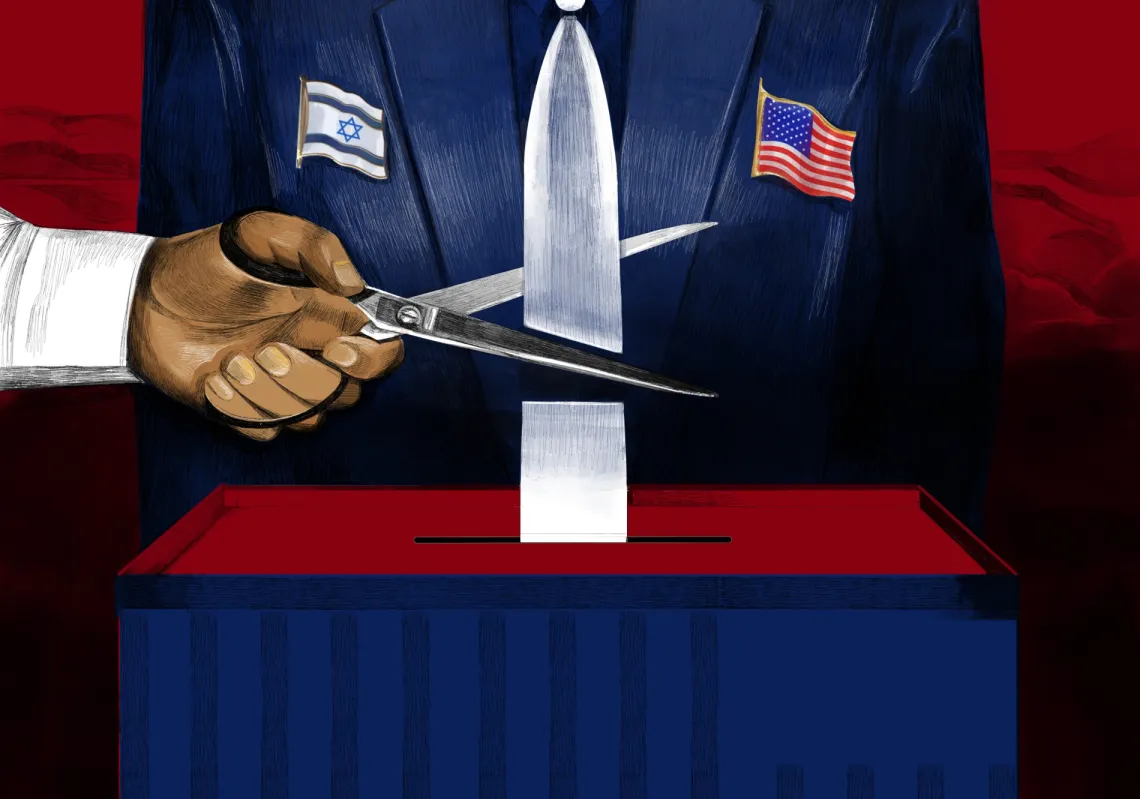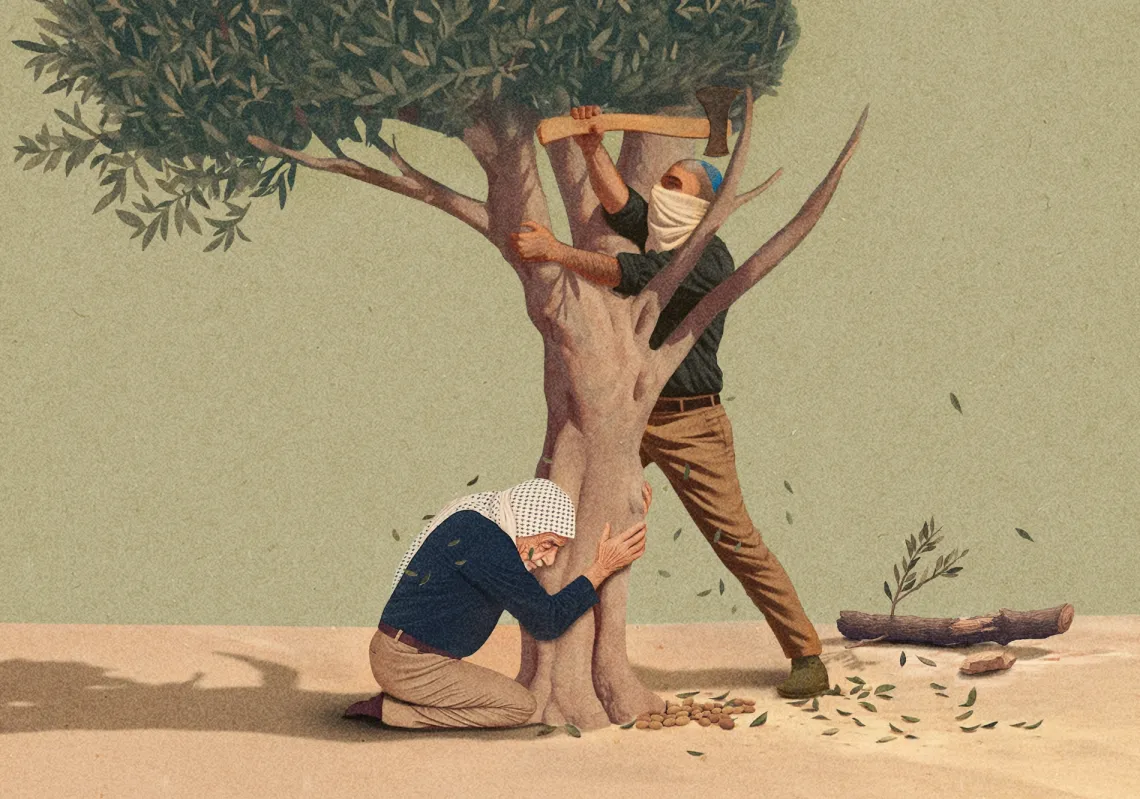In 2005, Ramzan Kadyrov, the then prime minister of Chechnya famously declared that the republic was “the most peaceful place in Russia”, and would soon be “the wealthiest and most peaceful place” in the world.
Most Chechens would beg to differ, although they might do so discreetly so as not to invite the same reaction that Kadyrov’s men allegedly handed down to Zarema Sadulayeva and her husband. Their bullet riddled bodies were found in the trunk of a car. Sadulayeva’s crime, it seems, was to run an NGO called Save the Generation, an organization aimed at helping the children who had been maimed and traumatised during the two savage wars which raised, and then brutally dashed, Chechen hopes for independence.
Kadyrov evidently denies any link to this or other murders, but international watchdog organizations such as Human Rights Watch and the Memorial Society have produced long lists of damning reports. One of Memorial’s main figures in Chechnya, Natalia Estimarova, was murdered just weeks before the Sudulayeva killing.
Former allies have been equally critical. Movladi Baisarov, a fighter who was a close ally of Kadyrov’s father, described Ramzan as a “medieval tyrant” and ominously claimed that: “If someone tells the truth about what is going on, it's like signing one's own death warrant. Ramzan is a law unto himself.” Baisarov was shot dead in Moscow by Chechen police forces loyal to Kadyrov, shortly after suggesting he had information linking Kadyrov to the murder of Anna Politkovskaya, a journalist who had uncovered many cases of government sanctioned brutality in Chechnya.
The current president of Chechnya seems in two minds as to what he would have you believe about him, his past and his involvement. His hasty dismissals of any misconduct smack of arrogance and sarcasm; he openly mocks such institutions as democracy and shows no qualms in threatening his, or even Russia’s perceived enemies, such as Ukraine and Georgia.
So who exactly is Kadyrov, and how did he get where he is? The easiest answer is that he is Putin’s man. Putin personally placed him in charge of Chechnya and makes sure he stays there. Kadyrov admits as much. The man who famously travelled to Moscow to receive his “Hero of Russia” medal wearing a light blue tracksuit, also describes himself in the following terms: “I am not anyone’s president; I am not a man of the Russian security services. I am Putin’s man... Putin is God’s gift, he gave us freedom.”
As long as Putin is in power, therefore, Kadyrov appears to be safe. Within Chechnya he has little opposition left. Pockets of rebels continue to fight for independence, but according to Wojciech Jagielski, a Polish journalist who is an expert on the region and author of “Towers of Stone – The Battle of Wills in Chechnya”, the president’s main threat comes from other Moscow loyalists who try to manoeuvre influences in the Kremlin to weaken his hold on Grozny. “It is even possible that somebody in Moscow, trying to fight Putin, might overthrow Ramzan Kadyrov just in order to weaken Putin’s power”, adds Jagielski, who has travelled covertly to the region several times over the years and has since been blacklisted in all CIS countries.
The fate of these two men is therefore closely intertwined. As long as Kadyrov maintains peace in Chechnya, Putin can boast of having put an end to a bloody and exhausting war. In exchange he seems to be more than willing to funnel in cash and keep federal interference to a minimum.
Exactly where the money goes is anyone’s guess, but the country has steadily been rebuilt. This has done more to endear Kadyrov to his countrymen than any personal charm or charisma: “I do not think they admire him. But I am 100% sure they are afraid of him. However, they also appreciate he rebuilt the country with Russian money. The Chechens always liked and somehow respected leaders who succeeded in seducing and cheating Russia. Nobody can deny that Grozny and Chechnya were rebuilt, and normal life restored under Ramzan. But the price was accepting the real tyranny of Ramzan and his men”, explains Jagielski.
With reconstruction comes propaganda. Giant posters of Kadyrov cover many of the largest buildings in Grozny, and the city now boasts one of the world’s largest mosques.
Kadyrov’s relationship with Islam is characteristic of his overall personality. The son of a mufti, who was president of Chechnya until being blown up in 2004, Ramzan plays the part of a devout Muslim. One of his first acts as president was to order Chechen women to wear headscarves, and many non-Islamic activities have been banned, such as gambling. Ramzan himself, however, has been filmed cavorting with prostitutes and owns racehorses.
More than an act of personal piety, it seems that Ramzan is intent on promoting the indigenous Sufi strands of Sunni Islam, in order to weaken the Salafi influence which was brought into the country by foreign mujahedeen: “Of course, these militants were not interested simply in restoring Chechen national integrity but wanted to "use" Chechnya as battleground for a global conflict against infidel forces,” explains Paul L. Heck, professor at Georgetown University and editor of “Sufism and Politics”. “For this reason,” according to Heck, “in the second Chechen war, the traditional (Sufi) religious leaders turned against the militant groups (now including Chechen elements), realizing that it was in fact better to side with Russia than with Jihadism”.
All over the Muslim world, Sufism and Salafism are engaged in what this professor terms a low intensity conflict and power struggle. Being more prone to the idea of a nation-state and strong government, Sufism, in its many different forms, tends to be promoted by states over and against Salafism.
“Sufi leaders will have to be careful not to appear to be too close to him, otherwise they will compromise their spiritual authority. If they are intelligent they will cultivate a relationship discretely,” says Professor Heck. Ramzan’s self-made image of a pious leader might help bring in cash from Muslim countries, but it has little to do with the truth.
The tendency to add colourful details to one’s biography is common among dictators, but with Kadyrov it might not end with religion. Jagielski, who covered both Chechen wars, claims that the Chechen leader’s warrior past might not be all that it seems either: “Ramzan was never a fighter; he never fought the Russians, although now he’s telling naive Western journalists what a brave mujahid he was.”








